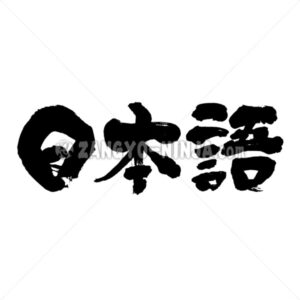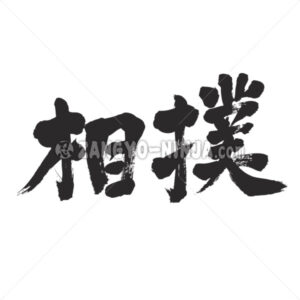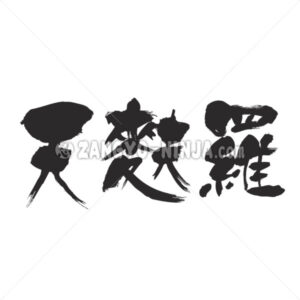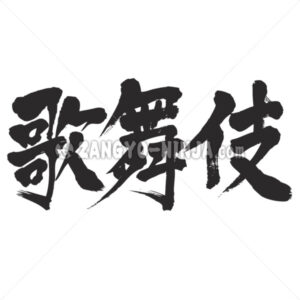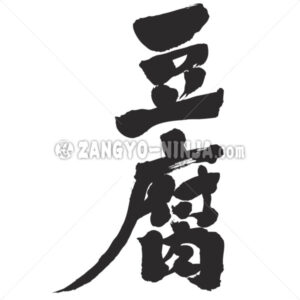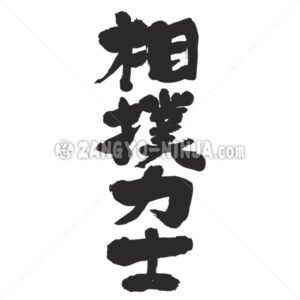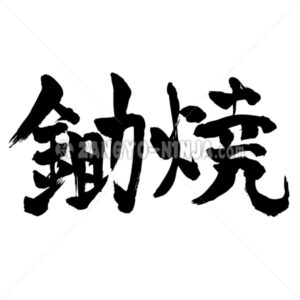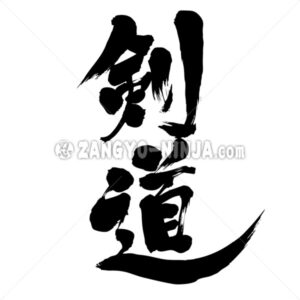
A type of martial arts where competitors wearing armor face each other and compete for victory or defeat by hitting the part specified by bamboo swords. In the Edo period, it became a samurai table art, and further merged with Bushido to have a spiritual content, but entered the Meiji period and declined with … Read More
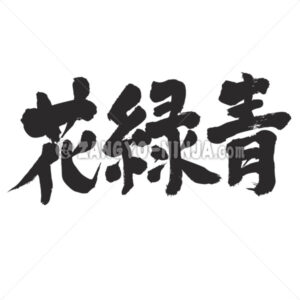
Japanese calls Hana-Roku-Sho. This color is a representation of the traditional Japan name. HEX #00a381 R:0 G:163 B:129, C:100% M:0% Y:21% K:36%
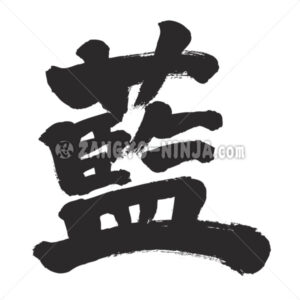
1. Since ancient times, leaves and stems have been used as indigo dyes, and seeds have been used in Chinese medicine for antipyretic and detoxifying. It was already transmitted to Japan through China during the Asuka period. Currently cultivated in Tokushima, Hiroshima, etc. 2. A kind of dyeing material made from indigo leaves. Dark … Read More
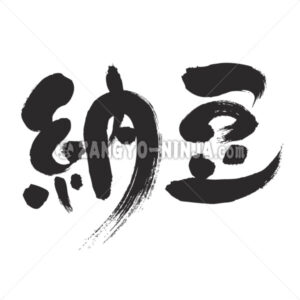
a food called fermented soybeans. Natto is sticky and it have long threads trailing from them. This food that is regarded as being good for health, but the Japanese people can also be divided into likes and dislikes.
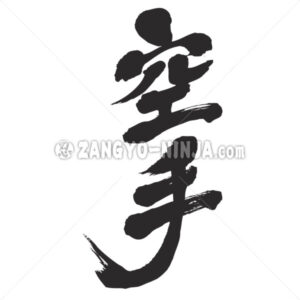
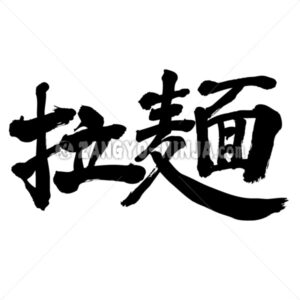
Ramen is a dish born from the influx of Chinese noodle cuisine into Japan and its fusion with Japanese food culture. By combining the five elements of noodles, broth, sauce, ingredients, and fat/oil, an infinite number of recipes can be created, and many variations exist in terms of taste and style, including Soy sauce … Read More
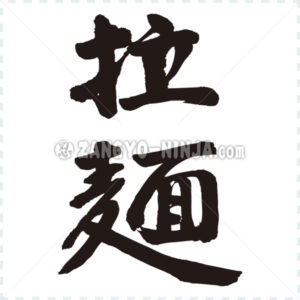
A food that is similar to Chinese noodle dishes but has been transformed uniquely in Japan. Many shops offering tonkotsu ramen (noodle with a thick broth made from boiling pork bones) including Hakata ramen shops prepare takanazuke stir-fried in oil with red pepper to top ramen with.


